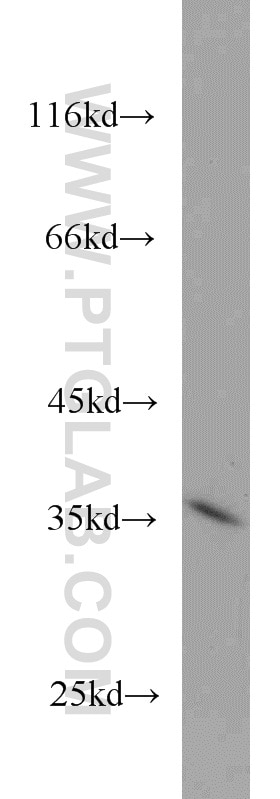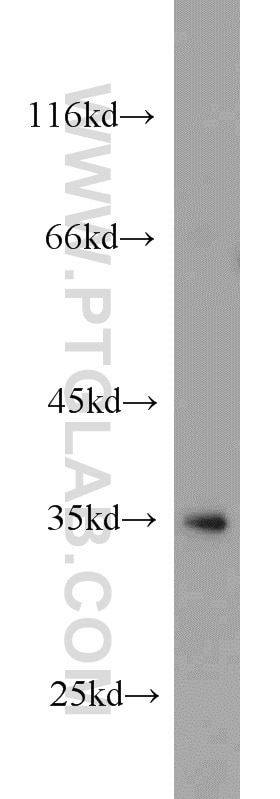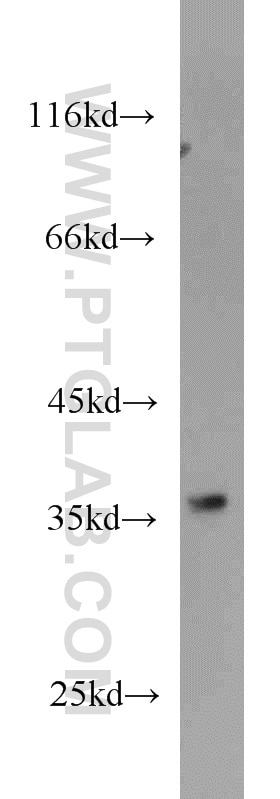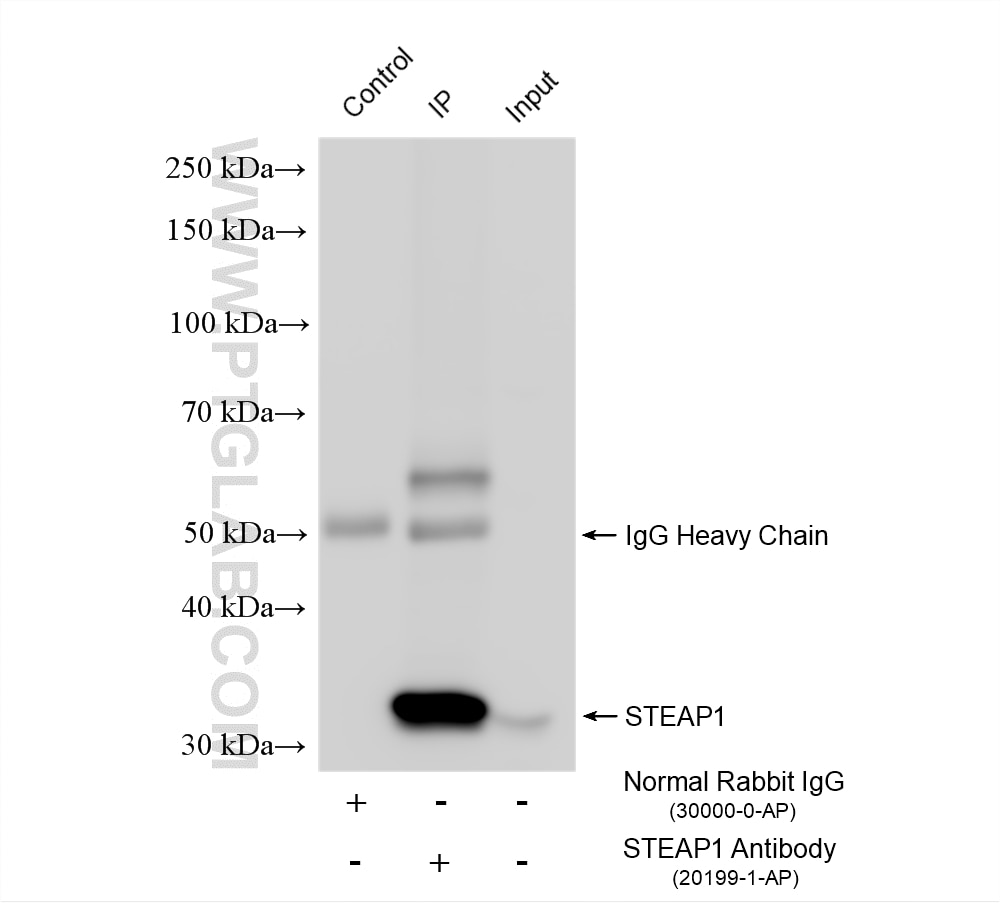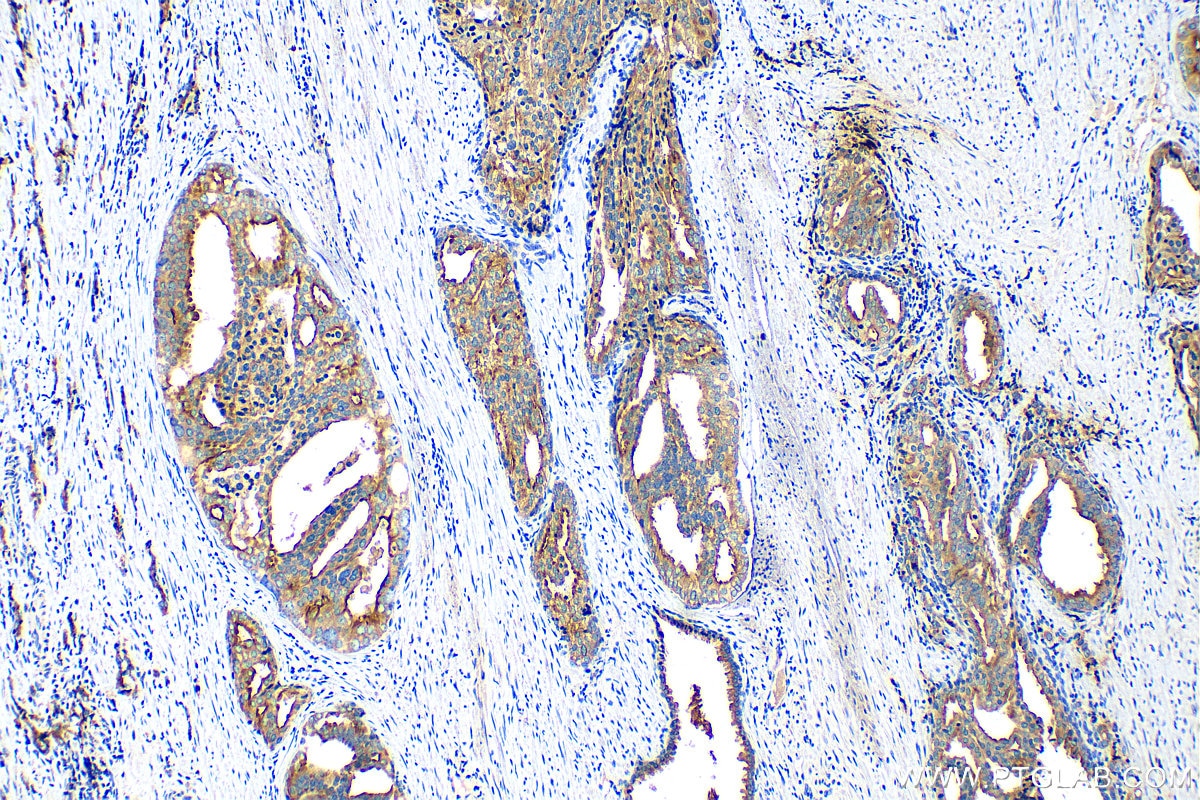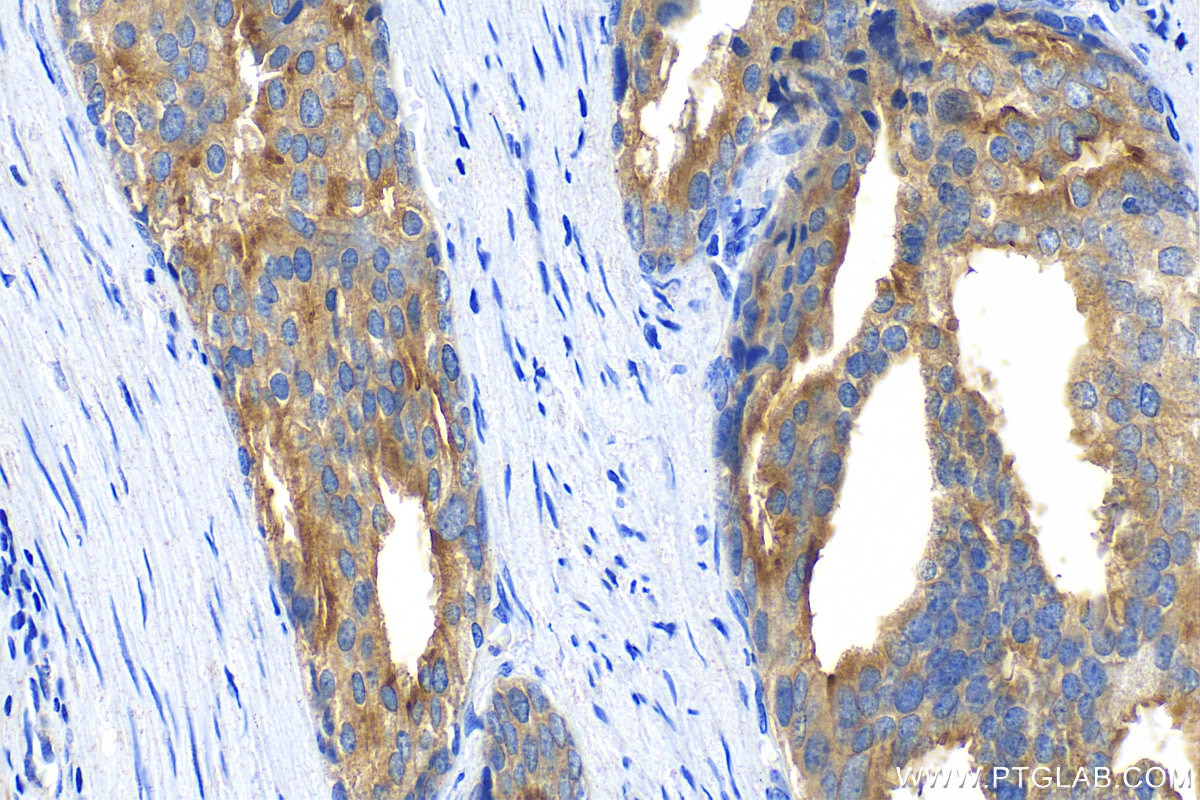Validation Data Gallery
Tested Applications
| Positive WB detected in | A431 cells, DU 145 cells |
| Positive IP detected in | LNCaP cells |
| Positive IHC detected in | human prostate cancer tissue Note: suggested antigen retrieval with TE buffer pH 9.0; (*) Alternatively, antigen retrieval may be performed with citrate buffer pH 6.0 |
Recommended dilution
| Application | Dilution |
|---|---|
| Western Blot (WB) | WB : 1:500-1:1000 |
| Immunoprecipitation (IP) | IP : 0.5-4.0 ug for 1.0-3.0 mg of total protein lysate |
| Immunohistochemistry (IHC) | IHC : 1:50-1:500 |
| It is recommended that this reagent should be titrated in each testing system to obtain optimal results. | |
| Sample-dependent, Check data in validation data gallery. | |
Published Applications
| WB | See 1 publications below |
| IHC | See 1 publications below |
Product Information
20199-1-AP targets STEAP1 in WB, IHC, IP, ELISA applications and shows reactivity with human samples.
| Tested Reactivity | human |
| Cited Reactivity | human |
| Host / Isotype | Rabbit / IgG |
| Class | Polyclonal |
| Type | Antibody |
| Immunogen |
CatNo: Ag14134 Product name: Recombinant human STEAP1 protein Source: e coli.-derived, PGEX-4T Tag: GST Domain: 1-80 aa of BC011802 Sequence: MESRKDITNQEELWKMKPRRNLEEDDYLHKDTGETSMLKRPVLLHLHQTAHADEFDCPSELQHTQELFPQWHLPIKIAAI 相同性解析による交差性が予測される生物種 |
| Full Name | six transmembrane epithelial antigen of the prostate 1 |
| Calculated molecular weight | 339 aa, 40 kDa |
| Observed molecular weight | 38-40 kDa |
| GenBank accession number | BC011802 |
| Gene Symbol | STEAP1 |
| Gene ID (NCBI) | 26872 |
| RRID | AB_11182488 |
| Conjugate | Unconjugated |
| Form | |
| Form | Liquid |
| Purification Method | Antigen affinity purification |
| UNIPROT ID | Q9UHE8 |
| Storage Buffer | PBS with 0.02% sodium azide and 50% glycerol{{ptg:BufferTemp}}7.3 |
| Storage Conditions | Store at -20°C. Stable for one year after shipment. Aliquoting is unnecessary for -20oC storage. |
Protocols
| Product Specific Protocols | |
|---|---|
| IHC protocol for STEAP1 antibody 20199-1-AP | Download protocol |
| IP protocol for STEAP1 antibody 20199-1-AP | Download protocol |
| WB protocol for STEAP1 antibody 20199-1-AP | Download protocol |
| Standard Protocols | |
|---|---|
| Click here to view our Standard Protocols |
Publications
| Species | Application | Title |
|---|---|---|
Cell Death Dis METTL3-mediated m6A modification of STEAP2 mRNA inhibits papillary thyroid cancer progress by blocking the Hedgehog signaling pathway and epithelial-to-mesenchymal transition. | ||
Cancer Biol Ther STEAP2 promotes osteosarcoma progression by inducing epithelial–mesenchymal transition via the PI3K/AKT/mTOR signaling pathway and is regulated by EFEMP2 |

